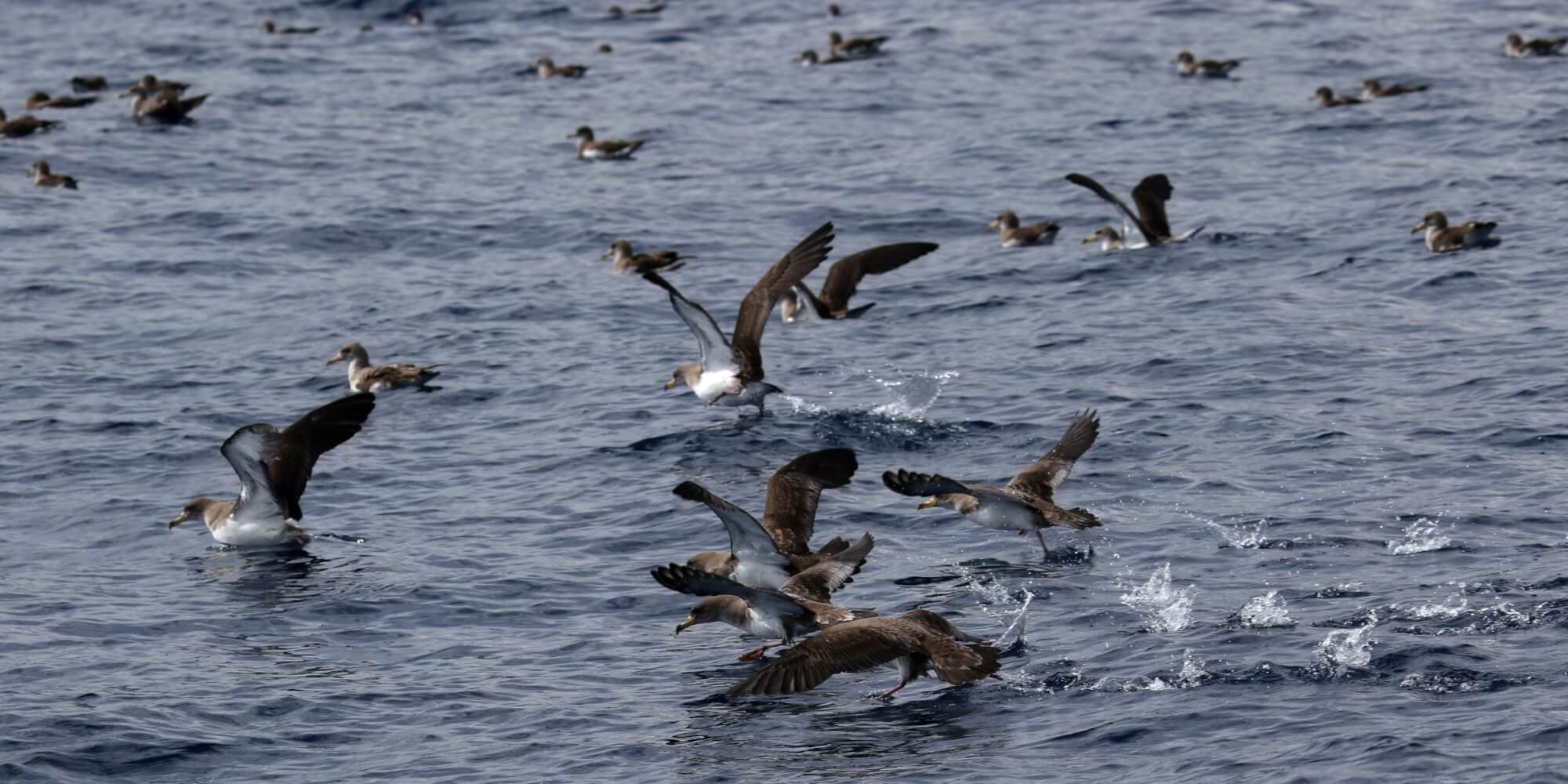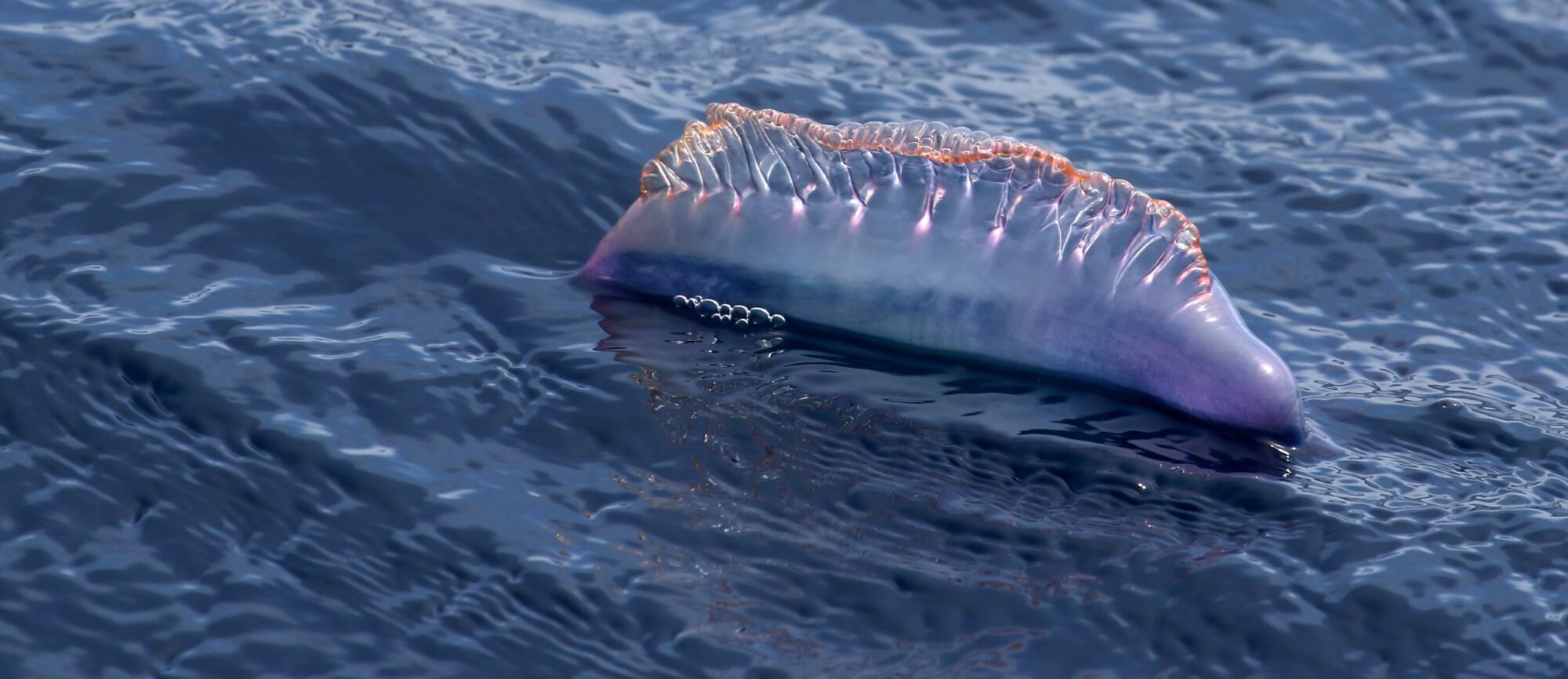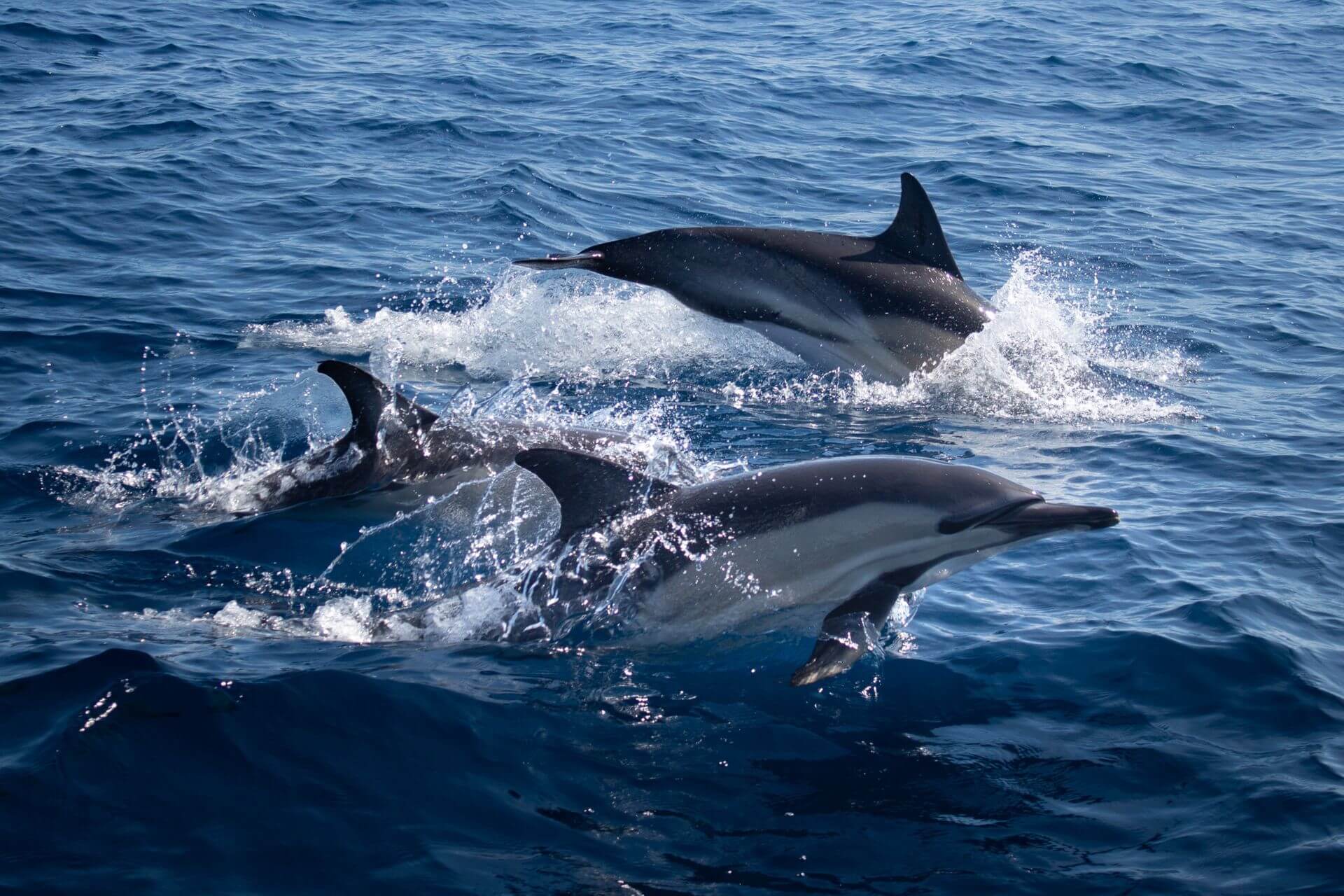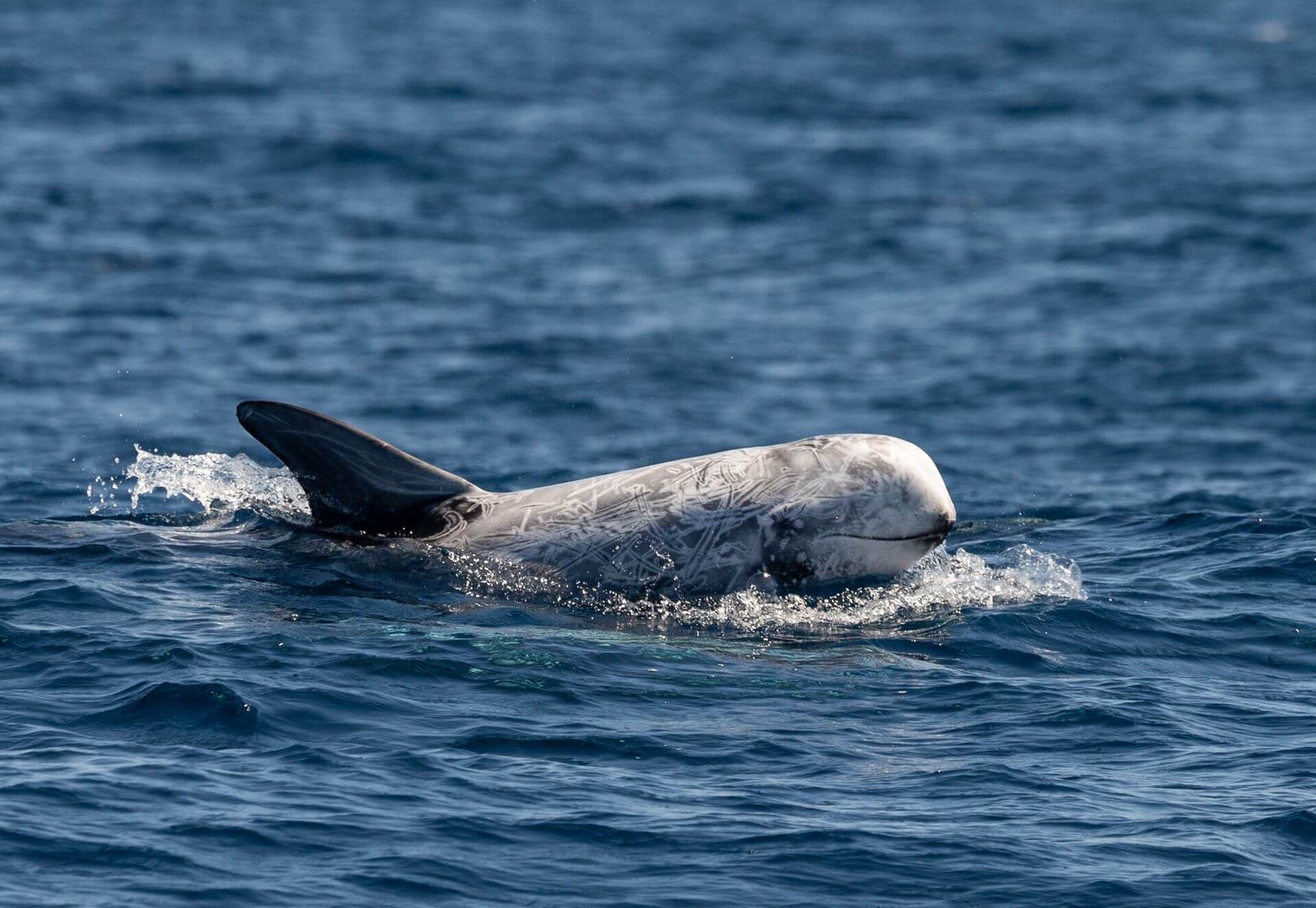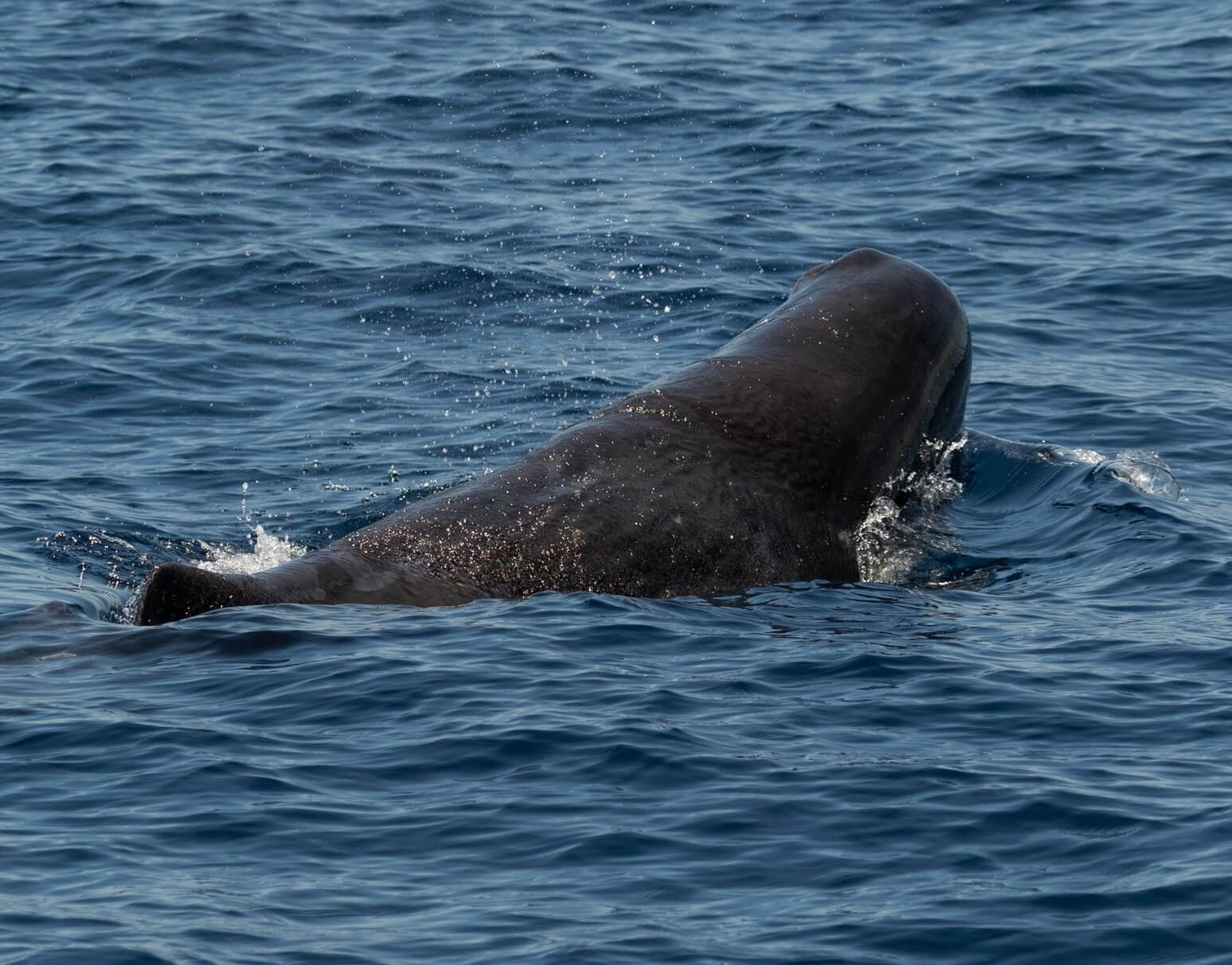By Mathieu Marzelière with the collaboration of Laurence Tremblay
Laurence and I work for GREMM as research assistants. For several years now, we have taken part in various research projects on large rorquals and belugas in the St. Lawrence (you’re probably quite familiar with them if you’re a regular reader of Whales Online). Like many young people in our field, we also dream of studying marine mammals aboard a sailboat in some of the most remote parts of our planet. This is why we decided, together with friends, to launch a collaborative and innovative research project in the frigid seas of the North: Expedition Glacialis.
In the spring of 2021, we had the chance to participate in the first part of the adventure: a six-week expedition to the heart of the Azores, a Portuguese archipelago in the middle of the Atlantic and a genuine gateway to the New World. During this period, the objective was to gear up our research sailboat (docked on the island of Santa Maria), then to set up and test in the archipelago the various scientific protocols that would later be used in the Arctic. This video clip does a good job of summarizing this prep work:
In this first article of a two-part series, we’ll set the stage and share with you some of the awesome encounters we had with the marine fauna of the Azores. In the second article, we will go on to detail the research activities carried out on site by the Glacialis Expedition crew.
Shearwaters galore
The majority of animals observed during the observation sessions were seabirds. From storm-petrels to gulls, we had the good fortune to observe a variety of different species. But it was the Cory’s shearwaters that really caught our attention thanks to their particular abundance this time of the year. During our transects, we tallied them by the hundreds! Sometimes they were resting on the water in relatively dense groups, while other times we observed them either on the move in looser formations, or foraging when there seemed to be fish near the surface.
The astonishing Portuguese man o’ war
One surprising species characteristic of the temperate waters of the Azores is the Portuguese man o’ war (or man-of-war), a pretty little siphonophore that can resemble a jellyfish. It is not a single individual, but rather a colony of microorganisms forming a superorganism. Though superficially beautiful, the Portuguese man o’ war hides under its colourful float extremely stinging tentacles that can measure up to 50 m long! Suffice to say that it is best to observe this species from the deck of the ship!
Dolphins on the hunt
Throughout our journeys, we came across a large number of dolphins, mainly common dolphins, bottlenose dolphins and striped dolphins. Some of these encounters were brief, while others lasted a good twenty or thirty minutes, especially when the animals were surfing off the bow of the sailboat. We also observed foraging activities involving large numbers of animals. During these hunts, we noted the presence of feeding birds and the occasionally tuna leaping out of the water.
Risso’s dolphins
Now here is a fascinating species of dolphin! It sports a large dorsal fin and a body covered in scars. Indeed, the upper layer of the epidermis does not have the ability to properly regenerate, so each injury leaves a permanent mark. These unique doodles on the skin not only tell the life story of each animal, they also facilitate the identification of individuals. The Risso’s dolphin feeds mainly on cephalopods, which it captures in deep water. This cetacean is a gregarious and social animal and we were able to observe it socializing at the surface… unforgettable!
Stealthy sei whale
We also happened upon a few baleen whales during our expedition, but these encounters were rather brief, as the animals were mainly on the go. One noteworthy encounter was a sei whale spotted during the crossing between the islands of Pico and Terceira. This animal passed with a few metres of the sailboat on our port side.
Unexpected encounter with beaked whales
During the same aforementioned crossing, just before passing south of the island of São Jorge, we spot a small group of cetaceans. To our delight, it is a rare species and a champion diver: the Cuvier’s beaked whale. How lucky we are to come across this emblematic hunter of the deep!
Legendary sperm whales
Lastly, there is the fabled animal of the Azores, the one that spawned so many myths and legends, in addition to being the lifeblood of the whaling industry and local populations: the sperm whale!
We were fortunate enough to cross paths with these majestic kings of the seas throughout our journey in the archipelago; they were everywhere! We enjoyed sightings of single individuals well offshore (including one that we suspect to be a large bull), and of young and females resting or socializing in waters closer to the coast. Especially interesting were the acoustic recording sessions carried out in the presence of sperm whales during which we were able to record their clicks and buzzes. These sounds are so powerful and travel such great distances that we could hear them through our instruments before we were even able to catch sight of the sperm whales themselves.
One of these encounters with these legendary animals made a particular impression on us. Off São Miguel, we came upon a male-female pair swimming side by side. We were struck by the sexual dimorphism between the two individuals: the bull was considerably larger than the cow. The pair was highly active and was engaging in tail slapping, which we can confirm is quite impressive for an animal this size! Not to mention the female who breached on two occasions, leaving us totally speechless!
Next week, discover the research activities we carried out in this rich and impressive marine environment.



